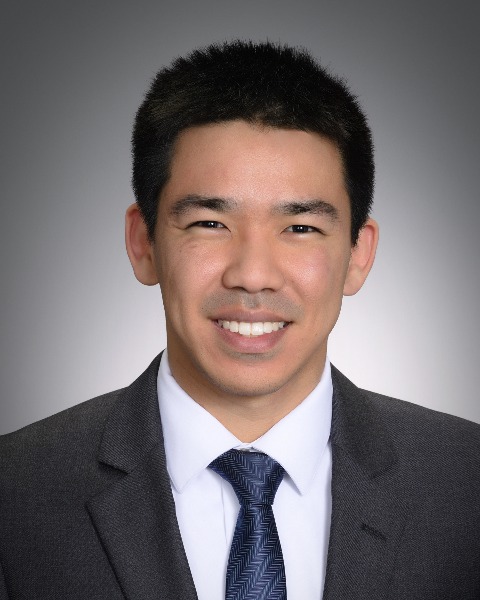Hospital Medicine Works in Progress
Session: Hospital Medicine Works in Progress
WIP 68 - Current Ultrasound Utilization and Potential for Point-of-Care Imaging by Pediatric Hospitalists at a Quaternary Pediatric Hospital
Sunday, April 27, 2025
8:30am - 10:45am HST
Publication Number: WIP 68.7529
Andy Chan, Children's Hospital Los Angeles, Los Angeles, CA, United States; Saloni Hegde, Children’s Hospital Los Angeles, Los Angeles, CA, United States; Panteha Hayati Rezvan, Children's Hospital Los Angeles, Los Angeles, CA, United States; Marsha Elkhunovich, Childrens Hospital LA, USC keck school of medicine, Los Angeles, CA, United States; Patricia Acharya, Children's Hospital Los Angeles, Los Angeles, CA, United States; Andrea Matho, Children's Hospital Los Angeles, Los Angeles, CA, United States

Andy Chan, MD (he/him/his)
Hospital Medicine Fellow
Children's Hospital Los Angeles
Los Angeles, California, United States
WIP Poster Presenter(s)
Background: Point-of-care ultrasound (POCUS) is a bedside tool that enhances diagnostic accuracy, expedites care, prevents radiation, and increases patient/caregiver satisfaction. Despite evidence supporting its use in pediatric hospital medicine, POCUS has yet to be adopted in pediatric hospitalists’ everyday practice, including at our institution. While there is growing interest in POCUS, little is known about which applications should be taught to and prioritized for pediatric hospitalists.
Objective: The primary objective of this study is to evaluate the current use of traditional ultrasonography and echocardiograms for patients admitted under the care of pediatric hospitalists at our institution. A secondary goal is to assess which imaging studies might have been performed as POCUS.
Design/Methods: This retrospective cohort study includes patients admitted to medical-surgical units under the care of a pediatric hospitalist who underwent ultrasound or echocardiogram imaging during a 6-month period (July-December 2023) at our 495-bed, urban, quaternary care, free-standing children’s hospital. We are conducting a chart review of completed studies to examine patient demographics, clinical characteristics, imaging study indications, order times, start times, signed image report times, radiologist impressions, and subsequent imaging. Statistical analyses will assess the frequency of each imaging study type, identify common indications, evaluate turnaround times from order to imaging and report completion, and compare these metrics between day and night shifts. Two study team members, fellowship trained in POCUS and blinded to all data except for imaging study type and indication, will evaluate whether each study could have been performed as a POCUS examination based on expert opinion. This analysis aims to identify often-performed applications for prioritization in POCUS training for pediatric hospitalists. This study was exempted from review by our institution’s IRB.

